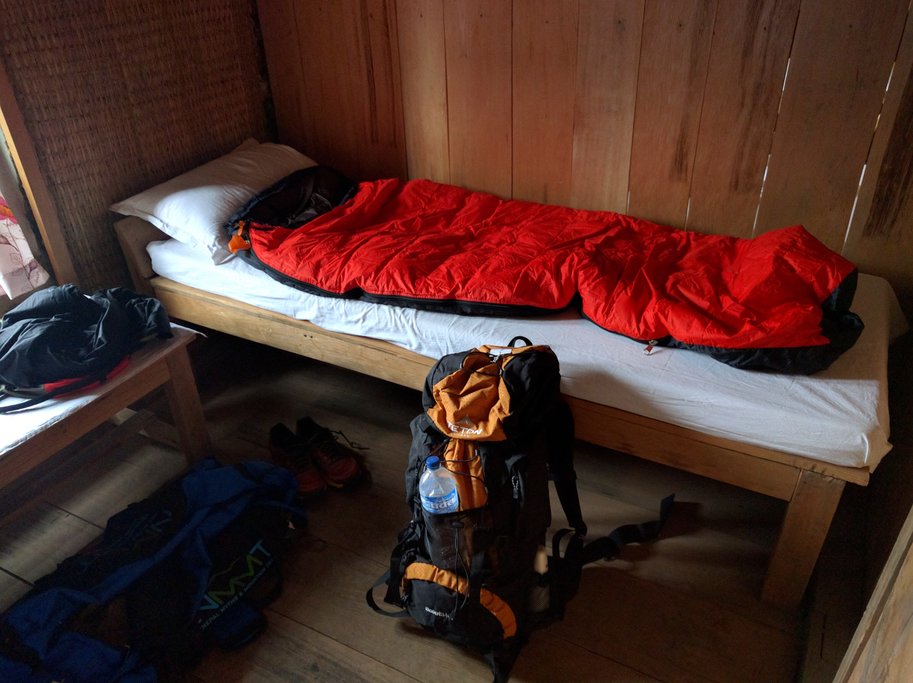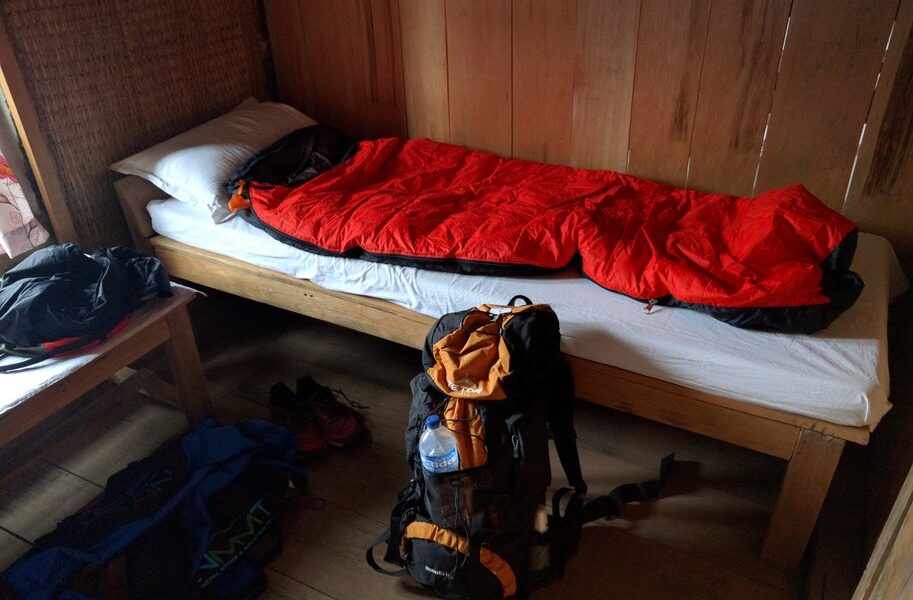
It’s important to pack the right items for your trek. Don’t forget important things, and definitely don’t bring too much as you and/or your porter won’t be happy with a load that’s too heavy. Here is a list of what you need for a comfortable trekking adventure.
## The Essential Packing List for Your Nepal Adventure
Embarking on a trek in the breathtaking landscapes of Nepal requires careful preparation, especially when it comes to packing. To ensure you’re comfortable, safe, and ready to tackle the trails, here’s a comprehensive list of essentials to consider for your journey.
**The Essentials**
* **Shoes:** Footwear is arguably the most critical element of your trekking gear. Lightweight hiking boots are an excellent choice, offering the necessary support and protection for varied terrains. Prioritize comfort and ensure you’ve thoroughly broken them in *before* you arrive in Nepal to avoid blisters and discomfort on the trail. Trail running shoes can also be suitable, particularly if you prefer a lighter option. However, bear in mind that they may not be ideal in wet or snowy conditions unless they are made with Goretex, which provides waterproof protection.
* **Shorts:** For warmer days and lower altitudes, a pair of durable and comfortable shorts is a must-have.
* **Trekking Pants:** Opt for lightweight, quick-drying trekking pants that offer flexibility and protection from the sun and elements. Some pants come with zip-off legs, providing the versatility of shorts when the weather permits.
* **T-Shirts:** Pack several lightweight, quick-drying t-shirts. These will keep you cool and comfortable during strenuous activity and dry quickly after washing. Moisture-wicking fabrics are highly recommended.
* **Long-Sleeved Shirt:** A long-sleeved shirt provides an extra layer of warmth and protection from the sun and insects. Choose a lightweight, breathable fabric for maximum comfort.
* **Fleece:** A fleece jacket or pullover is essential for layering, providing warmth during cooler evenings and higher altitudes.
* **Rain Jacket:** A reliable rain jacket is a non-negotiable item. Weather conditions in the mountains can change rapidly, so be prepared for sudden downpours. Choose a waterproof and breathable jacket for optimal comfort.
* **Down Jacket:** When temperatures drop significantly, especially at higher elevations, a down jacket will provide crucial insulation. Choose a lightweight and compressible down jacket for easy packing.
* **Socks:** Pack several pairs of moisture-wicking hiking socks to keep your feet dry and comfortable. Consider bringing a mix of thin liner socks and thicker outer socks to prevent blisters.
* **Backpack:** Select a backpack with a good waist and chest belt to distribute weight evenly and comfortably. A light backpack with a capacity of around 35 liters should be sufficient for most treks.
* **Sleeping Bag:** A good quality sleeping bag is essential for a comfortable night’s rest in tea houses or during camping treks. Choose a sleeping bag appropriate for the expected temperature range.
* **Cash:** Ensure you bring enough Nepalese Rupees (NPR) to cover your expenses throughout your trek. It is important to note that once you begin trekking, ATMs are scarce. The only exception is in Namche, where you *may* find an ATM. Plan accordingly and carry sufficient cash to avoid any inconvenience.
* **Water Bottle:** A 1-liter water bottle should be sufficient for carrying water between refills. You can easily refill your bottle or buy new bottles of water in the tea houses along the trekking routes. Staying hydrated is crucial, especially at higher altitudes.
* **Sunscreen:** Protect your skin from the intense sun at high altitudes by applying sunscreen regularly. Choose a high SPF sunscreen with broad-spectrum protection.
* **Sunglasses:** Sunglasses are essential for shielding your eyes from the glare of the sun, especially on snow-covered terrain.
* **Hat:** A hat provides protection from the sun and helps to regulate your body temperature. A wide-brimmed hat is ideal for sun protection, while a warm hat or beanie is essential for colder conditions.
**Optional Items for Enhanced Comfort and Safety**
* **Trekking Pole(s):** Trekking poles can significantly reduce strain on your knees and joints, particularly on steep inclines and descents. They also provide added stability on uneven terrain.
* **Small First-Aid Kit:** Carry a small first-aid kit containing essentials such as Band-Aids, antiseptic cream, and Diamox (for altitude sickness), if recommended by your doctor.
* **Hand Sanitizer:** Maintaining good hygiene is essential, especially when clean water is not readily available. Hand sanitizer is a convenient way to kill germs and prevent the spread of illness.
* **Toilet Paper:** While toilet paper may be available in some tea houses, it’s always a good idea to carry your own supply. You can also purchase it along the way.
* **Quick-Dry Towel:** A quick-dry towel is lightweight, compact, and dries quickly, making it ideal for travel.
* **Soap / Shampoo:** Carry travel-sized containers of soap and shampoo for personal hygiene.
* **Flashlight / Headlight:** A flashlight or headlight is essential for navigating in the dark, especially since electricity can be unreliable in some areas. A headlight is particularly useful as it allows you to keep your hands free.
* **Dust Mask:** Some sections of the trail can be dusty, so a dust mask can help protect your lungs from irritation.
* **Camera:** Capture the stunning scenery and memorable moments of your trek with a camera.
* **Sleeping Bag Liner:** A sleeping bag liner adds an extra layer of warmth and helps to keep your sleeping bag clean.
**Gear Availability in Kathmandu**
If you happen to forget any essential items, don’t fret! Kathmandu offers a wide range of shops where you can purchase trekking gear. Be sure to allocate some time before your trek to do some shopping. You’ll find both brand-name and knock-off options catering to the many travelers who arrive in Nepal without all the necessary equipment.
B-1814

